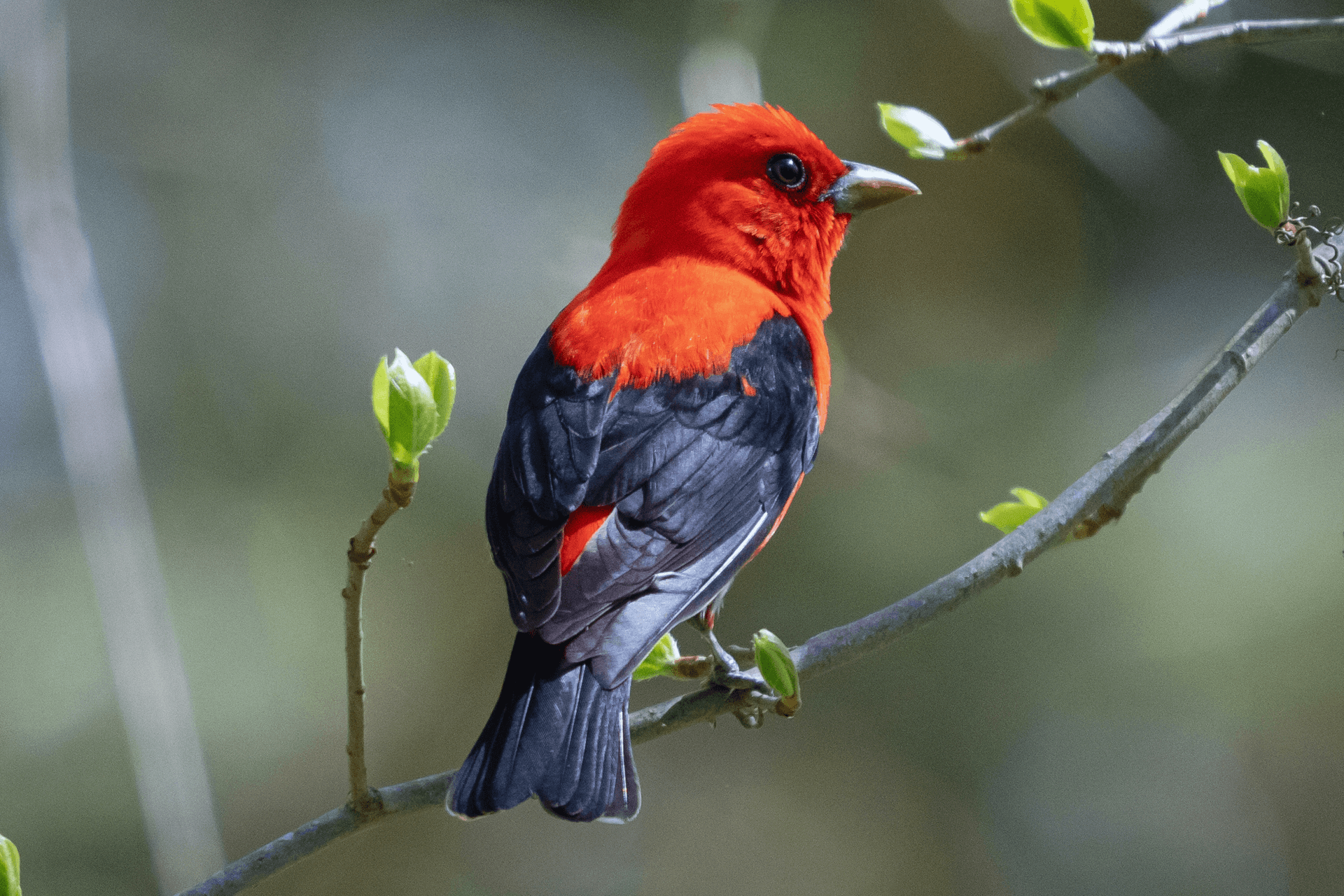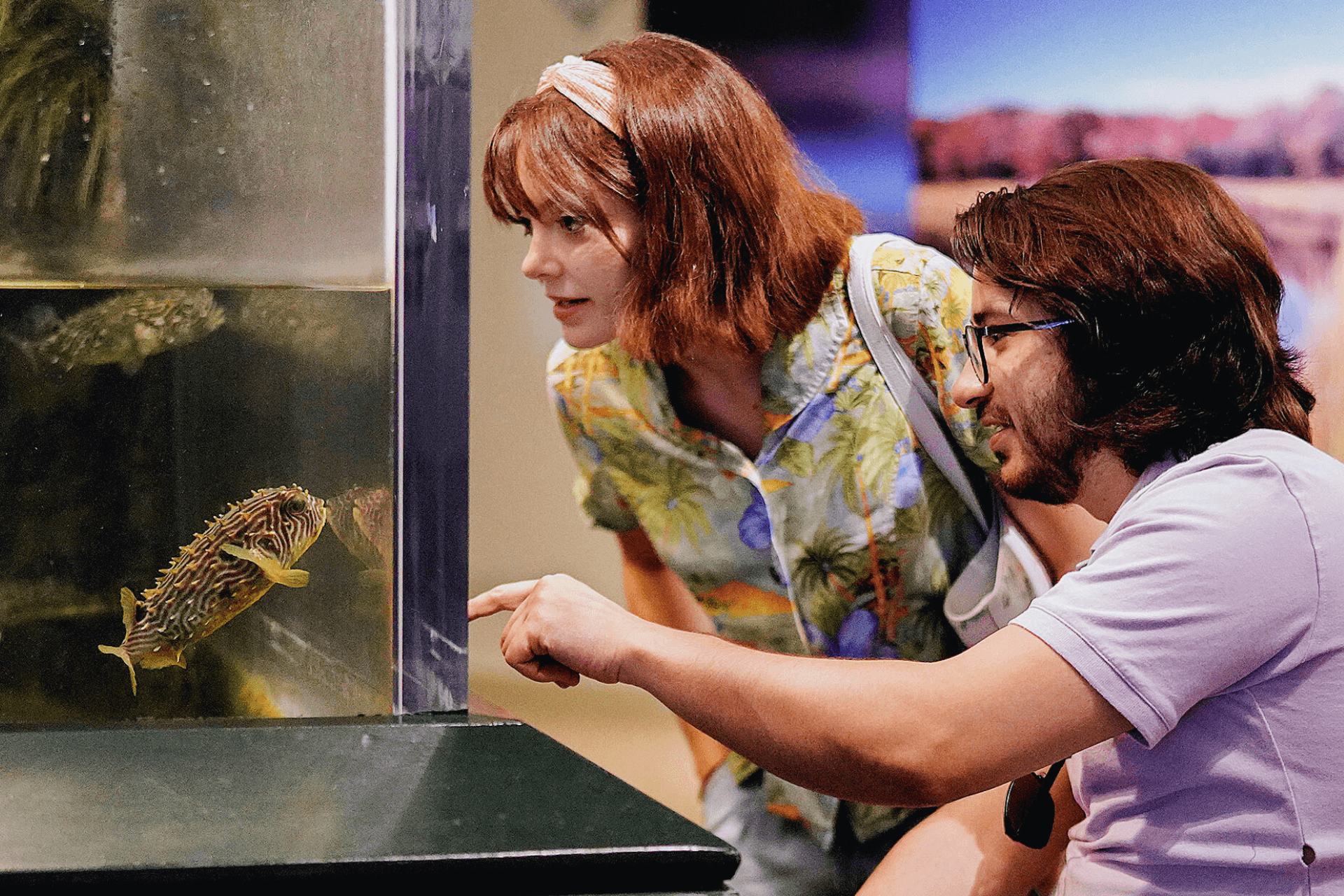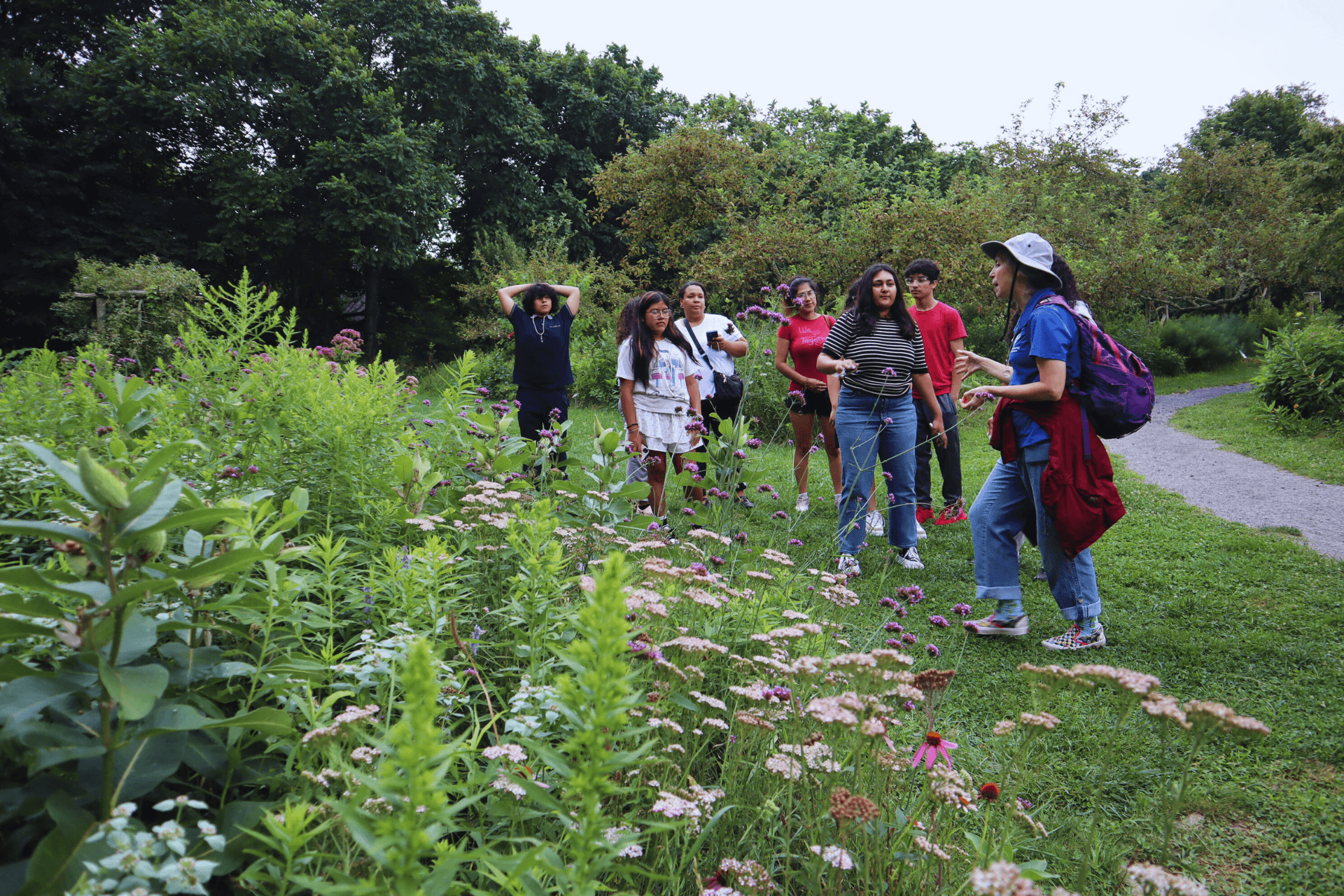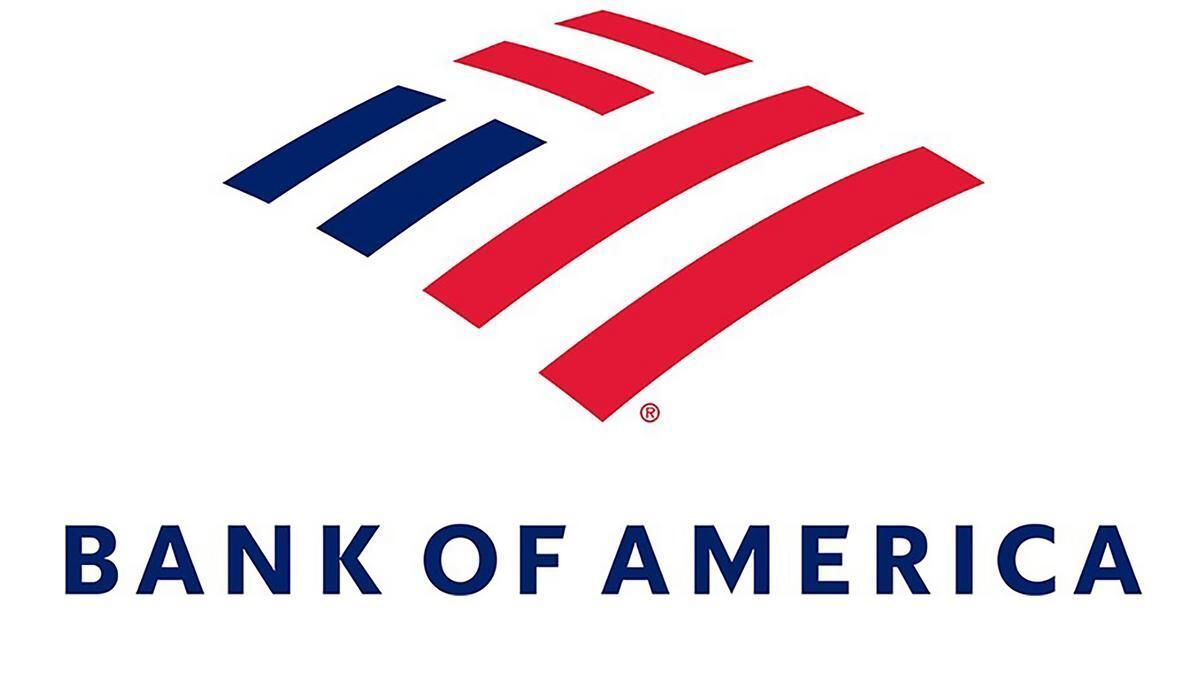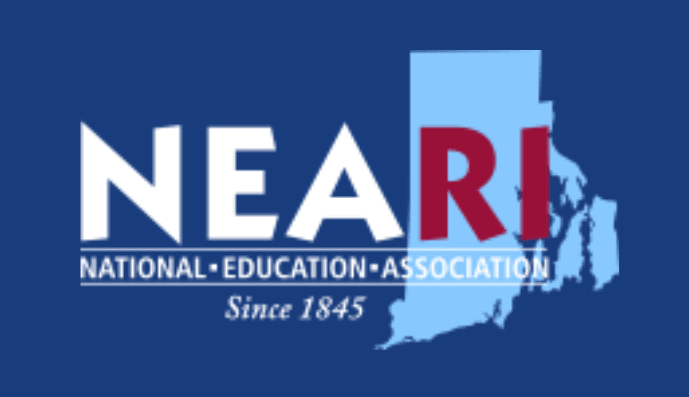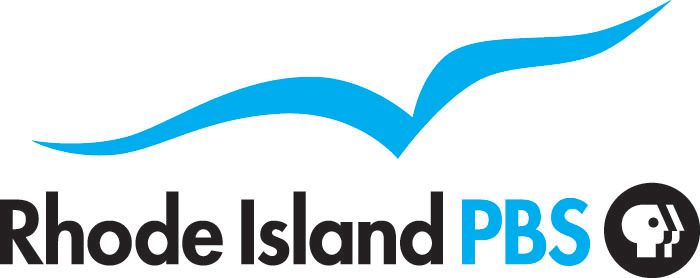Published August 20, 2023
Unlocking the Mysteries of Migration
with the MOTUS Wildlife Tracking System
By Dr. Charles Clarkson, Director of Avian Research
In the spring of 2023, The Audubon Society of Rhode Island joined over 1,800 conservation collaborators with the establishment of its first MOTUS tower. The tower, which consists of a large antenna and receiving station, is permanently affixed to the roof at the Nature Center and Aquarium in Bristol. While relatively inconspicuous (think of old-fashioned antennas mounted to every home for television reception), the tower itself will collect data on animals that have been fitted with coded VHF tags (called Nanotags) as they pass overhead during periods of movement. Detections can be made from as far away as 10 km (6 miles) in an unobstructed direction. While the data collected by the MOTUS tower will be displayed at a new exhibit within the Nature Center for all visitors to enjoy (coming fall of 2024), the tower’s purpose is much more far-reaching.
Across the planet, over 40,000 individual animals across over 300 species (birds, bats and insects) have been fitted with tiny Nanotags. “
The MOTUS network (MOTUS is a wildlife tracking system and is not an acronym; the word means “movement” in Latin) spans the globe, with over 30 countries participating in data collection. The information gathered through the use of these simple receiving antenna stations and VHF tags has made its way into hundreds of publications and greatly increased our understanding of how animals move across the landscape, how this movement changes in the face of climate change and human development, and where resources can and should be directed to have the greatest impact from a conservation perspective.
To date, the MOTUS tower installed at the Nature Center has made seven detections, including a little brown bat, which is a threatened species. Examples of bird detections include a Gray Catbird detected on June 14...just 3 days after being picked up by a MOTUS tower at Coney Island in New York. A Piping Plover, after being tagged on the Delmarva Peninsula in Virginia on June 2, was detected by our tower on June 21. The tower also detected a Prairie Warbler, one of Audubon’s nine “Responsibility Bird” species. It was detected by a tower in British Columbia on June 9 before being picked up by our tower on July 23.
As birds begin moving south during fall migration, the MOTUS tower in Bristol is likely to capture many more detections. Each will offer a glimpse into the movement patterns of birds, bats and insects (dragonflies and Monarch Butterflies have been fitted with Nanotags). The information gained through the use of this tower and the 1,727 others dotting the planet, will continue providing insight into the mysterious world of migration and empower us to act for the benefit of these rapidly diminishing wildlife populations.
The MOTUS Tower station was made possible through a generous gift from Mary Ann Cofrin.


